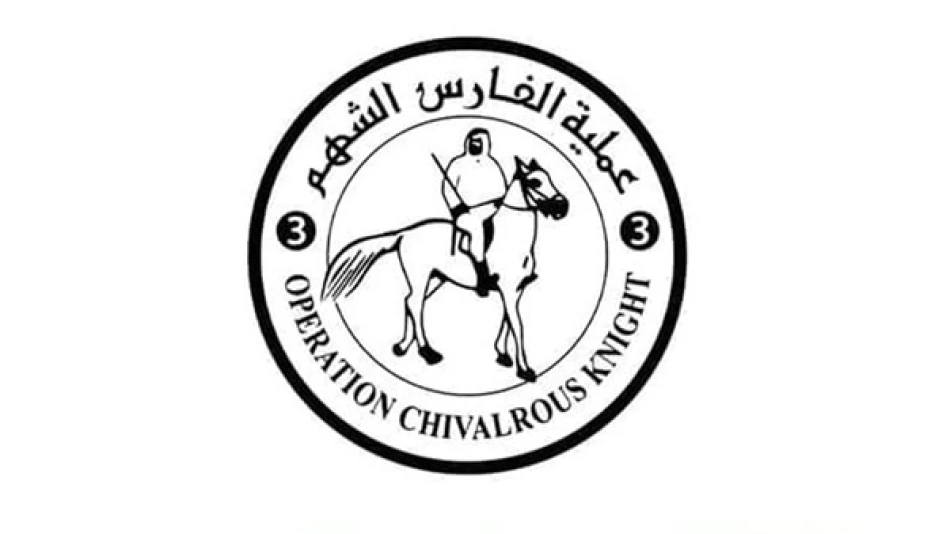
UAE Airlifts Vital Aid for Gaza, Delivering 63 Tons in 'Goodwill Birds' Operation
UAE Delivers 63rd Gaza Airdrop as International Coalition Expands Humanitarian Reach
The United Arab Emirates conducted its 63rd airdrop of humanitarian aid to Gaza on Tuesday, marking a significant milestone in what has become one of the region's most sustained aerial relief operations. The mission, carried out under the "Birds of Goodness" initiative within the broader "Gallant Knight 3" operation, now includes France and Germany alongside Jordan, signaling growing European involvement in Middle Eastern humanitarian efforts.
Scale and Strategic Impact
The UAE's aerial campaign has now delivered over 3,840 tons of food and emergency supplies to Gaza's most inaccessible areas, where ground-based delivery remains impossible due to ongoing conflict conditions. This volume represents a substantial logistical achievement, requiring coordination across multiple air forces and precise targeting of drop zones in densely populated urban areas.
Beyond airdrops, the UAE simultaneously dispatched 32 trucks carrying food aid through traditional ground routes, demonstrating a dual-track approach that maximizes delivery efficiency while adapting to changing security conditions on the ground.
International Coalition Building
European Participation Signals Broader Engagement
The inclusion of French and German aircraft in Tuesday's operation reflects Europe's increasing direct involvement in Gaza relief efforts, moving beyond financial contributions to operational participation. This shift mirrors similar patterns seen during the 2021 Afghanistan evacuation, where European nations coordinated closely with regional partners to address humanitarian crises.
Jordan's continued partnership remains crucial, providing both airspace access and logistical expertise that enables sustained operations. The kingdom's role parallels its historical function as a humanitarian corridor during previous Middle Eastern conflicts, from the 1948 Arab-Israeli war through the Syrian refugee crisis.
Operational Challenges and Innovation
Airdrop operations in Gaza present unique technical challenges due to the territory's small size—just 365 square kilometers—and population density of over 2 million people. Successful delivery requires precision navigation systems and careful timing to ensure supplies reach intended recipients while avoiding civilian infrastructure.
The UAE's approach of combining aerial and ground delivery methods addresses these constraints while maintaining supply consistency. This hybrid model has proven effective in other conflict zones, including Syria and Yemen, where access limitations demand flexible logistics strategies.
Regional Implications
The UAE's sustained humanitarian leadership in Gaza reinforces its broader strategy of positioning itself as a regional stabilizing force through soft power projection. This approach has characterized Emirati foreign policy since the Abraham Accords, balancing normalization with Israel against continued support for Palestinian welfare.
The operation's success may influence other Gulf states to expand their own humanitarian programs, potentially creating a new model for regional crisis response that emphasizes practical relief over political positioning. Such developments could reshape how Middle Eastern conflicts are managed, prioritizing civilian welfare alongside diplomatic solutions.
The UAE's commitment to maintaining these operations regardless of political developments demonstrates how humanitarian aid has become a cornerstone of modern Middle Eastern diplomacy, offering pathways for engagement even amid ongoing conflicts.
Most Viewed News

 Layla Al Mansoori
Layla Al Mansoori






